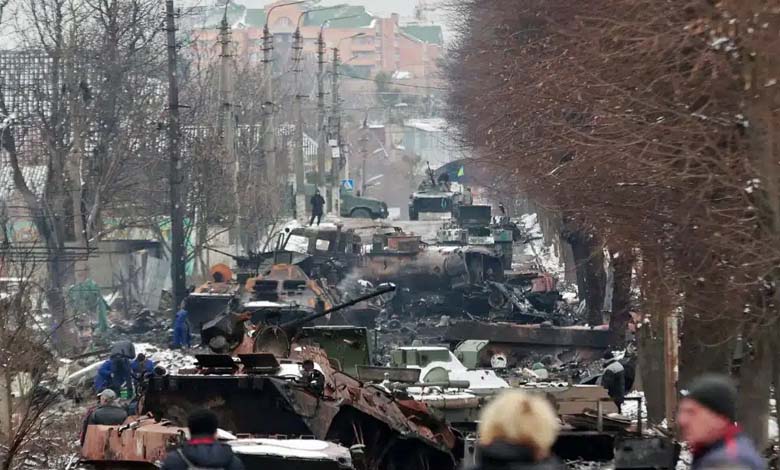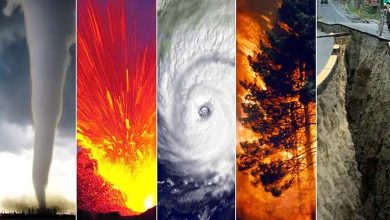The “gases” of the war in Ukraine equal the emissions of 120 million cars in one year

The war in Ukraine, which began three years ago, has produced 229.7 million metric tons of carbon dioxide equivalent, according to a specialized report.
The report, published by the Initiative for Greenhouse Gas Accounting of War (IGGAW) on the third anniversary of the Russian invasion, stated that this figure is equivalent to the emissions produced by 120 million cars in one year or the total annual emissions of Austria, Hungary, the Czech Republic, and Slovakia combined.
-
Expert Comments on “Gas Emissions” from the Earth in Northern Sudan
-
Wetlands: A carbon sink, but also a source of methane gas!
The initiative highlighted that emissions increased by 30% in the last year of the conflict, according to the Spanish news agency.
According to the report, combat operations have been the primary source of carbon dioxide emissions over the past three years, accounting for 82.1 million tons, and they continued to rise in 2024, despite the increased use of drones.
The reconstruction of damaged buildings and infrastructure remained the second-largest sector emitting CO₂ over the three years of invasion, although its growth slowed in 2024, as the front lines remained mostly stable.
-
Scientists find “hazardous substance” in clouds that alters climate
-
Natural Weathering of Rocks: When Volcanoes Compete in Carbon Emissions
However, the emissions that surged the most last year were those resulting from wildfires linked to the conflict, making it the third-largest CO₂-emitting sector, with approximately 48.7 million tons since 2022.
The report emphasized that these wildfires were particularly devastating in 2024, as most occurred along the front lines, near them, or in border areas.
Fires, Explosions, and Climate
The fighting, combined with a severe summer drought across most of Ukraine, caused a 113% increase in the area affected by conflict-related wildfires, compared to the annual average during the first two years of the war.
-
Climate: Catastrophic consequences may occur… According to a study
-
Diversifying Carbon Removal Strategies: The Optimal Solution to Save Our Planet
The report stated: “Since firefighting in a war zone is dangerous, these fires continue to spread uncontrollably, growing in size and intensity.”
It further noted that 2024 stands out as a concerning example of how climate change and armed conflict fuel each other, leading to further global warming.
Other sectors contributing to war-related CO₂ emissions since 2022 include:
-
“Delta” and “Airbus”: Flying Planes Together Like Geese Reduces Emissions
-
France: Air Pollution Responsible for Thousands of Severe Diseases
- Attacks on energy infrastructure, with oil companies being particularly affected in 2024.
- Civil aviation, due to airspace closures, which force longer flight routes.
Additionally, the movement of Ukrainian refugees generated 3.3 million metric tons of CO₂ emissions over the past three years, although this contribution has become very minimal in 2024.












